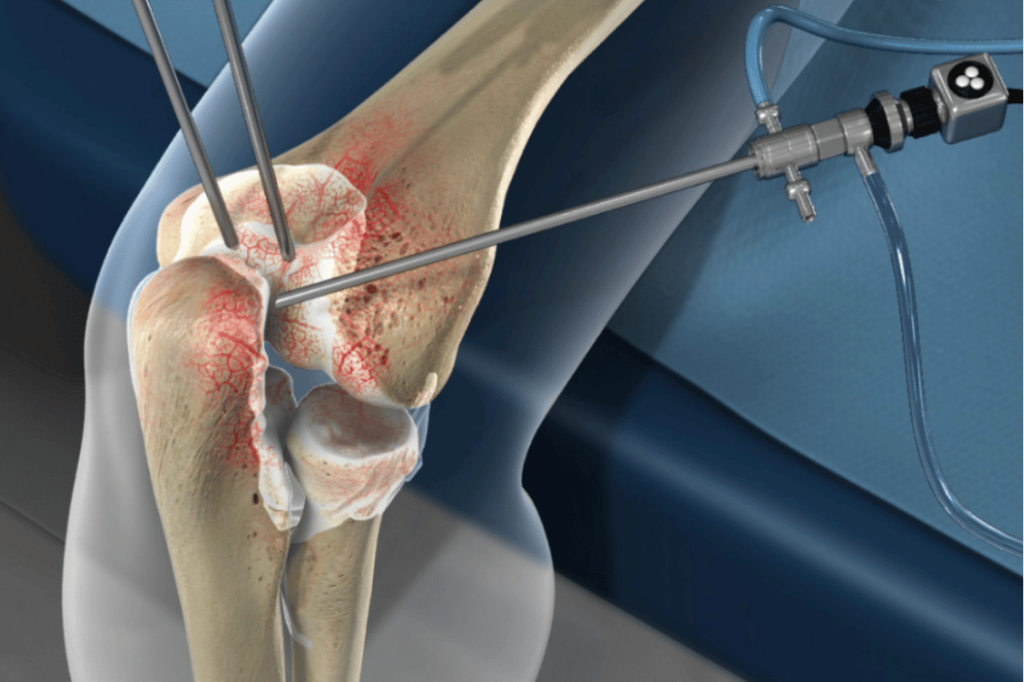The elbow joint is a complex structure made of bone, cartilage, ligaments, and muscles. For the diagnosis and treatment of problems that develop within these structures, elbow arthroscopy, a minimally invasive surgical method, is being used increasingly often today. Arthroscopy is a closed (keyhole) surgery performed by entering the joint with a special camera and micro-surgical instruments through incisions that are just a few millimeters long.
Elbow arthroscopy can be applied for both diagnostic and therapeutic purposes. It offers the opportunity to view the inside of the joint in a magnified way, which allows for the detailed evaluation and repair of problematic structures. It is performed with much less tissue damage compared to open surgery, which speeds up the recovery time and reduces the risk of complications.
Thanks to this method, a wide variety of problems related to the elbow joint can be treated safely and effectively. The success rate is quite high with correct patient selection, appropriate indications (valid medical reasons for the procedure), and an experienced surgical approach.

Elbow arthroscopy can be applied in the diagnosis and treatment of the following conditions:
In such cases, if improvement is not achieved with physical therapy and medical treatments, arthroscopic surgery is recommended.

Surgery Duration: Approximately 45–90 minutes
Type of Anesthesia: General anesthesia and/or a nerve block
Surgical Method: Closed (arthroscopic), performed through 2–4 small incisions
First day: 3–4 (1–2 if a nerve block is administered)
First week: 2–3
After the 2nd week: 1
Usually discharged the same day
If necessary, a 1-night hospital stay may be required
First 1 week: The elbow is protected with a bandage; finger movements are free
From the 2nd week: Gradual range of motion exercises
3rd–4th week: Transition to active movements
6th–8th week: Return to daily life
3rd month: Return to sports or heavy use
First dressing change on the 2nd day
Wound check in the 1st week
Suture removal (if any): 10th day
Technically, it is a challenging joint, but it can be performed safely by experienced surgeons and can be considered a straightforward surgical procedure. Special attention is required due to the small joint volume.
Finger movements are usually started immediately. Controlled elbow movements, however, are typically initiated from the 1st week.
No. Because the arthroscopic incisions are very small, they do not leave a cosmetically significant scar.
The elbow joint is sensitive regarding its range of motion. The results are very successful in patients who comply with the prescribed exercises. Separate, formal physical therapy is rarely required.
Although recovery varies depending on the procedure performed, a return to daily life is possible for most patients within 3–6 weeks.